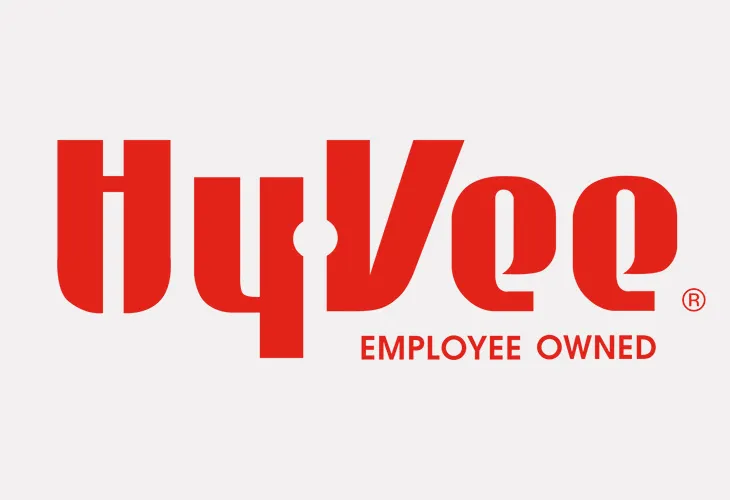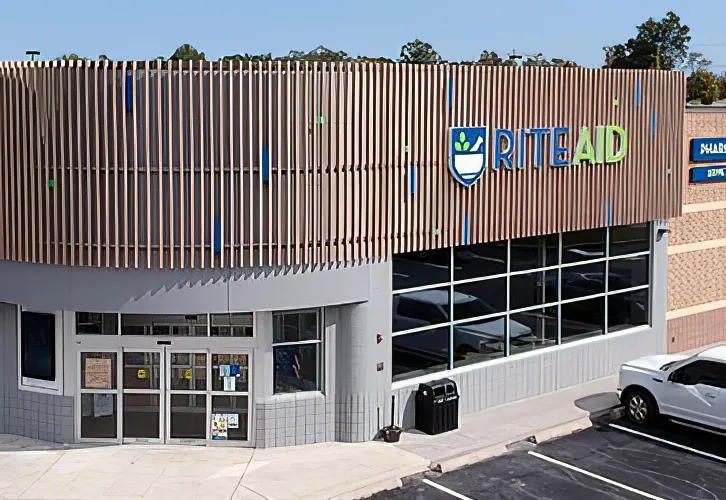WEST DES MOINES, Iowa — Hy-Vee Inc. has earned a GreenChill recognition from the U.S. Environmental Protection Agency for its work to reduce refrigerant emissions and decrease its environmental impact.
 Hy-Vee was honored with the GreenChill recognition for Superior Goal Achievement, awarded to GreenChill partners that achieve their annual GreenChill refrigerant emissions reduction goal. EPA’s GreenChill Program is a voluntary partnership with food retailers, system manufacturers, and chemical producers to reduce refrigerant emissions and decrease their impact on the ozone layer and climate change. GreenChill provides supermarkets and other industry stakeholders with information and assistance to transition to environmentally friendlier refrigerants, reduce the amount of refrigerant they use, eliminate refrigerant leaks, implement environmental best practices, and adopt green refrigeration technologies.
Hy-Vee was honored with the GreenChill recognition for Superior Goal Achievement, awarded to GreenChill partners that achieve their annual GreenChill refrigerant emissions reduction goal. EPA’s GreenChill Program is a voluntary partnership with food retailers, system manufacturers, and chemical producers to reduce refrigerant emissions and decrease their impact on the ozone layer and climate change. GreenChill provides supermarkets and other industry stakeholders with information and assistance to transition to environmentally friendlier refrigerants, reduce the amount of refrigerant they use, eliminate refrigerant leaks, implement environmental best practices, and adopt green refrigeration technologies.
According to the EPA, GreenChill partner stores have much lower leak rates than average stores in the U.S. If every supermarket reduced its leak levels to the GreenChill average, the supermarket industry could annually save more than $251 million in refrigerant replacement costs and reduce emissions by about 31 million metric tons carbon dioxide equivalent and 84 ozone depletion potential metric tons, the EPA says.
Hy-Vee joined EPA’s GreenChill program in 2010 and focuses its refrigerant management plan on leak avoidance and using lower global warming potential (GWP) refrigerants.
“The GreenChill program has been a been an extremely valuable public/private partnership for Hy-Vee, and the entire grocery industry,” said Hy-Vee chairman and CEO Randy Edeker. “This program has been instrumental in helping retailers like Hy-Vee benchmark their progress in reducing greenhouse gas emissions and achieving our sustainability goals.”
Hy-Vee continues to retrofit existing stores with lower GWP refrigerants, install lower GWP refrigerants in new stores, and use leak detectors throughout all stores across its eight-state region in an effort to reduce its emissions.










